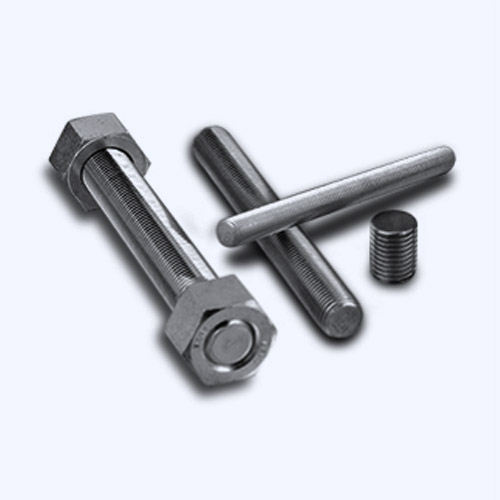

different types of nuts and bolts
11월 . 02, 2024 03:45 Back to list
different types of nuts and bolts
Understanding Different Types of Nuts and Bolts
Nuts and bolts are fundamental components in engineering and construction, playing a pivotal role in fastening various structures securely. Understanding the different types of nuts and bolts is crucial for any builder, engineer, or DIY enthusiast, as it helps ensure the integrity and safety of assembled items.
Bolts
Bolts are typically cylindrical fasteners designed to hold materials together. They consist of a head on one end and a threaded shaft that allows them to be inserted into a pre-drilled hole. The most common types of bolts include
1. Hex Bolts These have a hexagonal head and are often used in applications where high strength is required. They are available in various grades, which denote their strength and material properties.
2. Carriage Bolts Recognizable by their rounded heads and square necks, carriage bolts are designed for use in wood and sometimes metal. The square neck prevents them from turning during installation.
3. Lag Bolts These heavy-duty fasteners are used to attach wood to wood or metal, featuring a large diameter and a sharp point. They require pre-drilling for optimal performance.
4. Shoulder Bolts These bolts have a cylindrical shoulder and are used in applications requiring a pivot point. The shoulder allows for free rotation, making these bolts essential in machinery.
5. Eye Bolts Featuring a loop at the head, eye bolts are primarily used for lifting and securing objects. They are commonly found in rigging and structural applications.
different types of nuts and bolts

Nuts
Nuts are hexagonal or square-shaped fasteners with an internal thread that pairs with a bolt. They secure bolts in place and come in various types, each suited for specific applications
1. Hex Nuts The most common type, hex nuts are versatile and used in conjunction with bolts to create a strong fastening system. They are available in various grades, just like bolts.
2. Lock Nuts These nuts are designed to resist loosening due to vibration. They use various mechanisms, including nylon inserts or serrated surfaces, to prevent unwinding.
3. Wing Nuts Easily tightened and loosened by hand, wing nuts have two wings or tabs that allow for quick adjustments. They are often used in applications requiring frequent adjustments.
4. Cap Nuts Also known as acorn nuts, these nuts have a dome-shaped end that covers the exposed threads of a bolt, providing a clean finish and preventing injuries from sharp edges.
5. T-Nuts Used primarily in woodworking, T-nuts feature a flange that allows them to be inserted into furniture or cabinetry, offering a strong grip when paired with a bolt.
Conclusion
The selection of the appropriate nuts and bolts is essential for the durability and safety of any construction or mechanical project. Understanding the various types available allows for better decision-making based on strength, application, and environmental conditions. By choosing the right fasteners, engineers and builders can ensure their structures are both robust and efficient, reflecting the importance of these seemingly simple components in modern engineering.
Latest news
-
Hot Dip Galvanized Bolts-About LongZe|High Strength, Corrosion Resistance
NewsJul.30,2025
-
High-Strength Hot Dip Galvanized Bolts - Hebei Longze | Corrosion Resistance, Customization
NewsJul.30,2025
-
Hot Dip Galvanized Bolts-Hebei Longze|Corrosion Resistance&High Strength
NewsJul.30,2025
-
High-Strength Hot-Dip Galvanized Bolts-Hebei Longze|Corrosion Resistance&High Strength
NewsJul.30,2025
-
Hot Dip Galvanized Bolts-Hebei Longze|Corrosion Resistance&High Strength
NewsJul.30,2025
-
Hot Dip Galvanized Bolts - Hebei Longze | Corrosion Resistance, High Strength
NewsJul.30,2025

